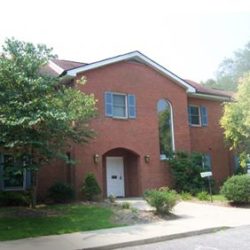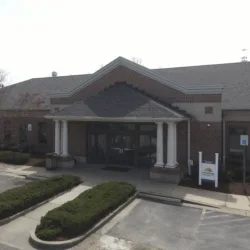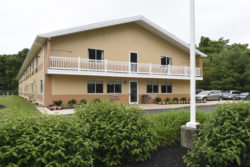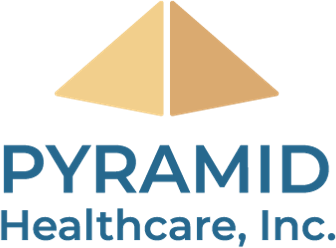A Closer Look at Maryland’s Opioid and Non-Opioid Drug Numbers

It is rather common knowledge that a huge illegal drug epidemic exists in the United States—in fact, overdose death rates from opioids rose by over 20,000 from 2018 to 2020. And while some states hope to get the issue under control through strategies like reducing opioid prescriptions, other states have seen a drastic increase in both drug use and overdose deaths.
Of the states which continue to battle illicit drug use, Maryland’s struggle is ongoing, with the amount of overdose deaths in Maryland numbering twice the national average.
While these statistics are alarming and raise questions about why drug abuse in Maryland is so prevalent, they also reinforce the need for effective, interventive treatment centers in the state. Thankfully, the Pyramid Healthcare family provides access to five treatment locations to help Maryland overcome its struggle with drug abuse.
Which drugs are most responsible?
Opioids, both prescription and illicit, play a huge role in Maryland’s drug abuse drama even though doctors have begun prescribing opiates less and less in an attempt to minimize abuse. However, as prescription opioid use has seen a decline, illicit opioid use has consequently—dangerously—risen.
Between the years 2011 and 2019, fatalities rose every year, reaching a peak in 2018 with 2,143 opioid related deaths. The number dropped slightly in 2019, offering some encouragement, but unfortunately rose by 2.6 percent in the first quarterly count of 2020.
Medical professionals who deal with overdose situations have found a number of drugs (opioids and others) to be common culprits, including heroin and fentanyl, cocaine, benzodiazepines and methamphetamine.
Heroin
Heroin is an illegal opioid made from morphine which stimulates a rush of euphoria or pleasure when used. Individuals who have been prescribed Vicodin or OxyContin may be at a higher risk for heroin use as the effects of these prescriptions closely reflect those of heroin itself.
In Maryland, deaths related to heroin have actually seen a decrease in the most recent years. In fact, from 2020 to 2021, the drop in heroin-related deaths is as steep as 27.7 percent. While a drop in heroin use has been noted, another deadly substance has unfortunately taken its place.
Fentanyl
Because of its potency, as well as the ease with which dealers lace fentanyl into other substances like cocaine and heroin, fentanyl has quickly become a serious threat to those in Maryland battling substance abuse and has pushed heroin out of its position as most deadly.
Fentanyl caused 93.2 percent of opioid-related deaths in Maryland in 2020. This may be, in part, due to the crackdown on prescription opioids handed out in recent years; fentanyl use may have also increased as a result of individuals seeking a more potent drug once their tolerance grows. Additionally, it may be a direct result of consuming drugs contaminated with fentanyl, unbeknownst to the user.
Cocaine
Cocaine, though not an opioid, is the cause for the most non-opioid related deaths in Maryland in recent years, meaning opioid use isn’t the only drug causing concern. In fact, some medical and treatment facilities have noted patients who combine opioids with non-opioids, with cocaine being the most commonly used non-opioid.
In 2020, 230 individuals lost their lives to cocaine use. This number is up by 15 percent from its 2019 count.
Benzodiazepines
Benzodiazepines, medications commonly used to treat anxiety and insomnia, are commonly abused due to the sedative effects they have on the body.
However, the relief they offer doesn’t come without a severe cost, and their usage continues to harm many individuals in Maryland. During the first quarter of 2021, “[t]here were 30 benzodiazepine-related deaths … representing a 6.3 percent decrease as compared to this time in 2020.”
Methamphetamine
Methamphetamine causes immediate euphoria in the user, and has many adverse health effects, including the risk of addiction and overdose. Methamphetamine usage has been on the rise in Maryland, with an increase of 35 percent in the last year of methamphetamine induced fatalities.
Where is drug use in Maryland the worst?
Traditionally, the largest cities in the U.S. are the ones most commonly associated with drug use, partially due to the population density in these areas, as well as other related factors including crime and unemployment rates.
This stereotype holds true in Maryland, where the problem of drug abuse is more severe in the state’s concentrated cities than rural towns.
In 2021, the Opioid Operational Command Center released these numbers detailing the number of fatalities seen in the varying cities of Maryland: “All 24 local jurisdictions in Maryland reported opioid-related intoxication fatalities in the first quarter of 2021. Baltimore City (227 deaths), Baltimore County (89 deaths), and Anne Arundel County (57 deaths) experienced the highest number of fatalities, collectively accounting for 60.9 percent of all opioid-related deaths in Maryland.”
Where can I find drug abuse treatment in Maryland?
While the statistics of drug abuse in Maryland may feel frightening and overwhelming, there are countless resources for individuals and families seeking support and relief from drug addiction. Pyramid Healthcare provides four rehabilitation and treatment facilities in California, Charlotte Hall, Waldorf and Harford County, Maryland.
With services like residential and outpatient treatment, transportation to and from the facility, medically-managed detox and more, you’re sure to find a facility that not only meets your needs, but helps you return to a life of freedom and recovery.
To learn more, contact Pyramid Healthcare today by visiting our website or calling our offices at 301-997-1300.

